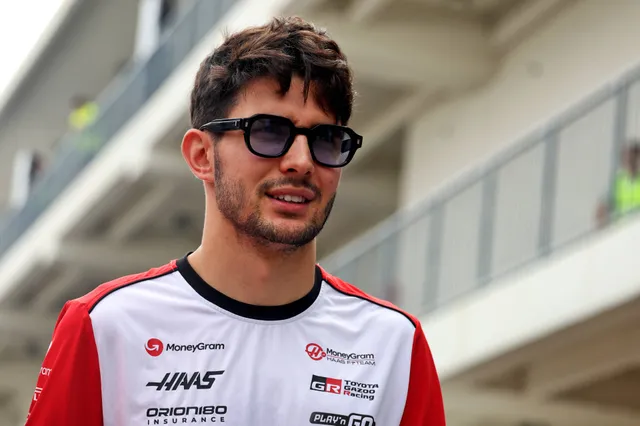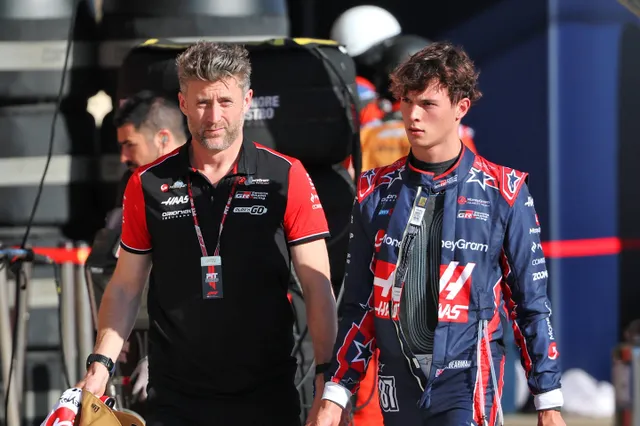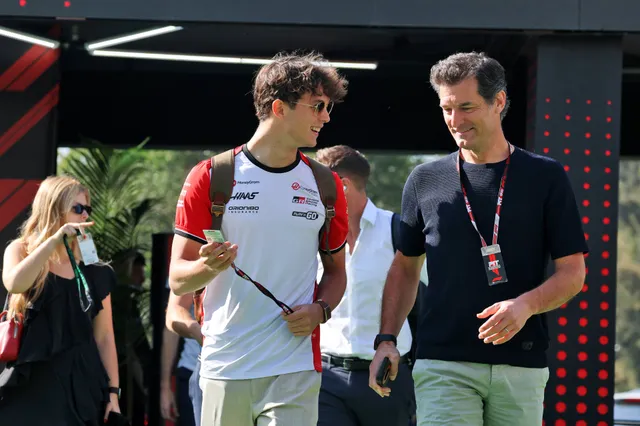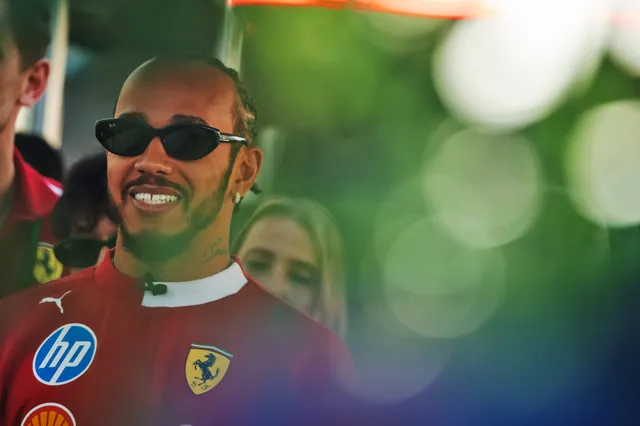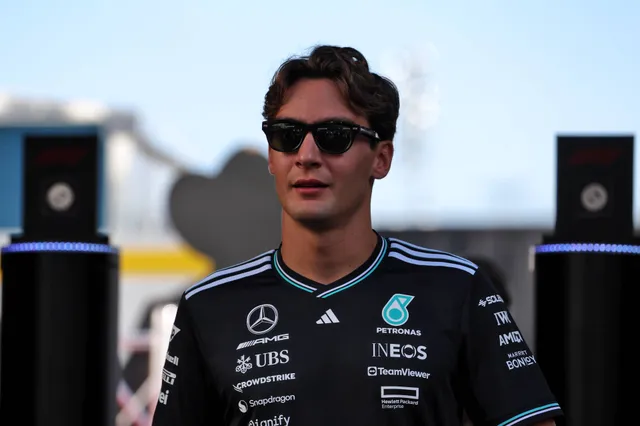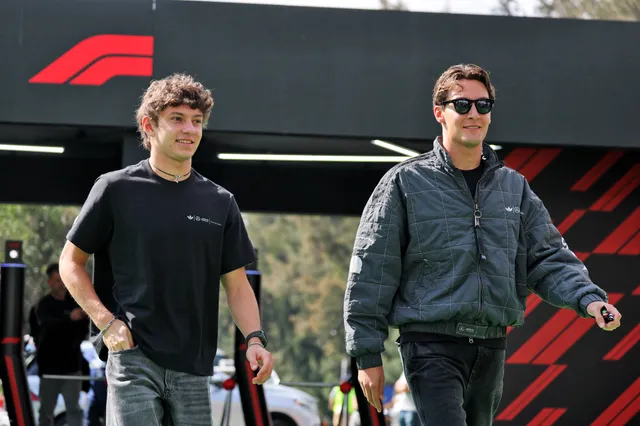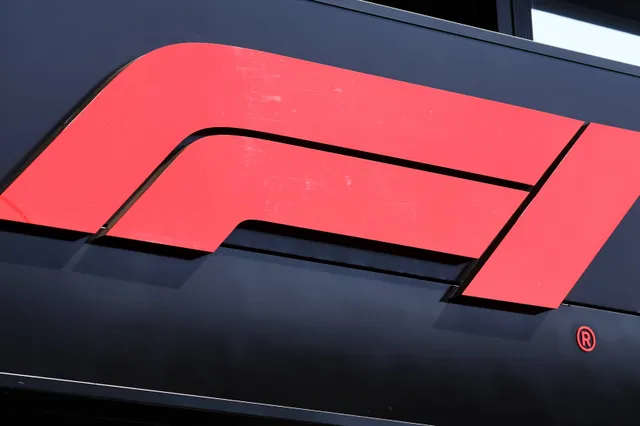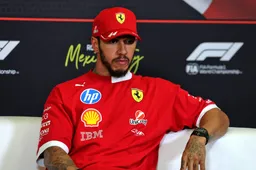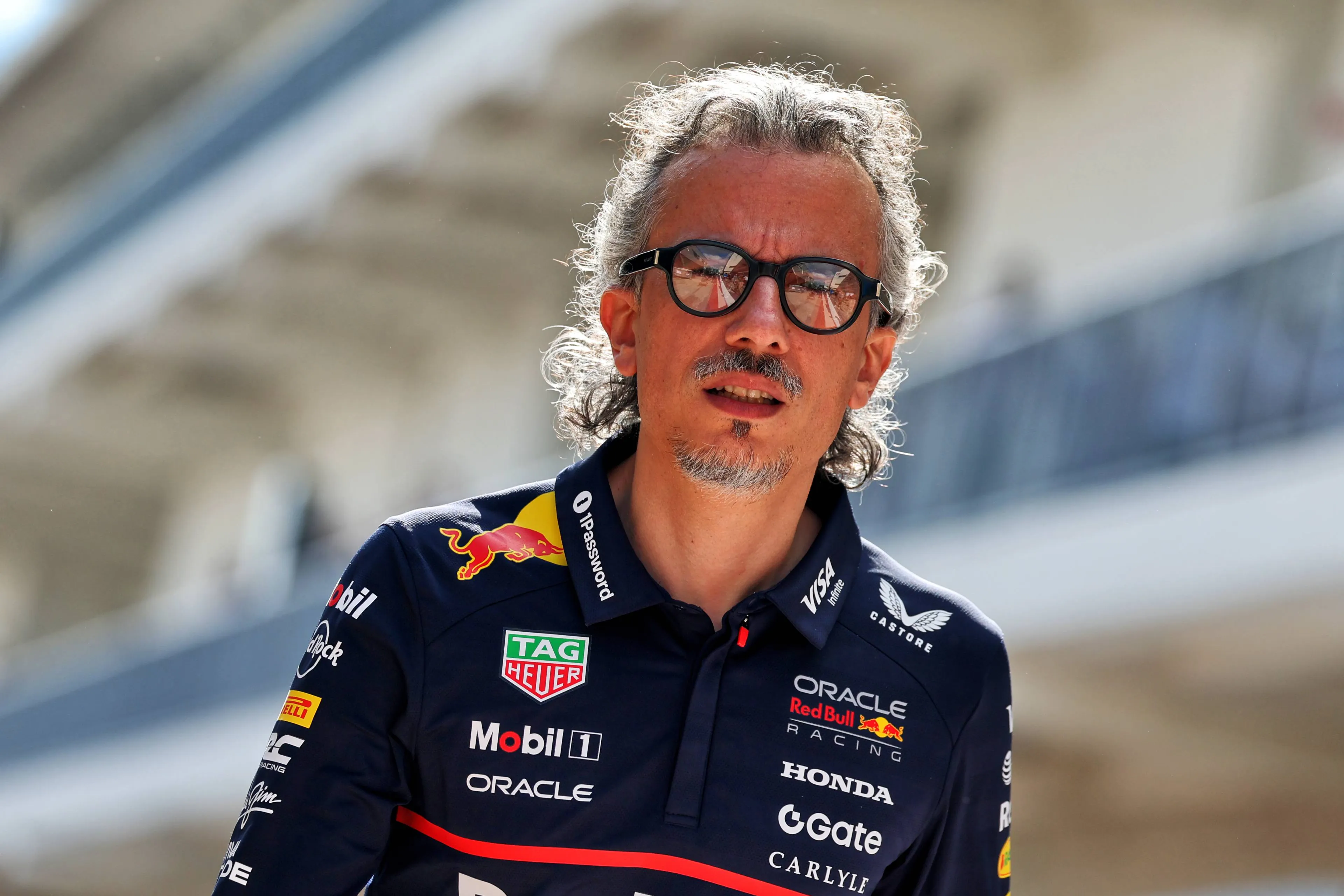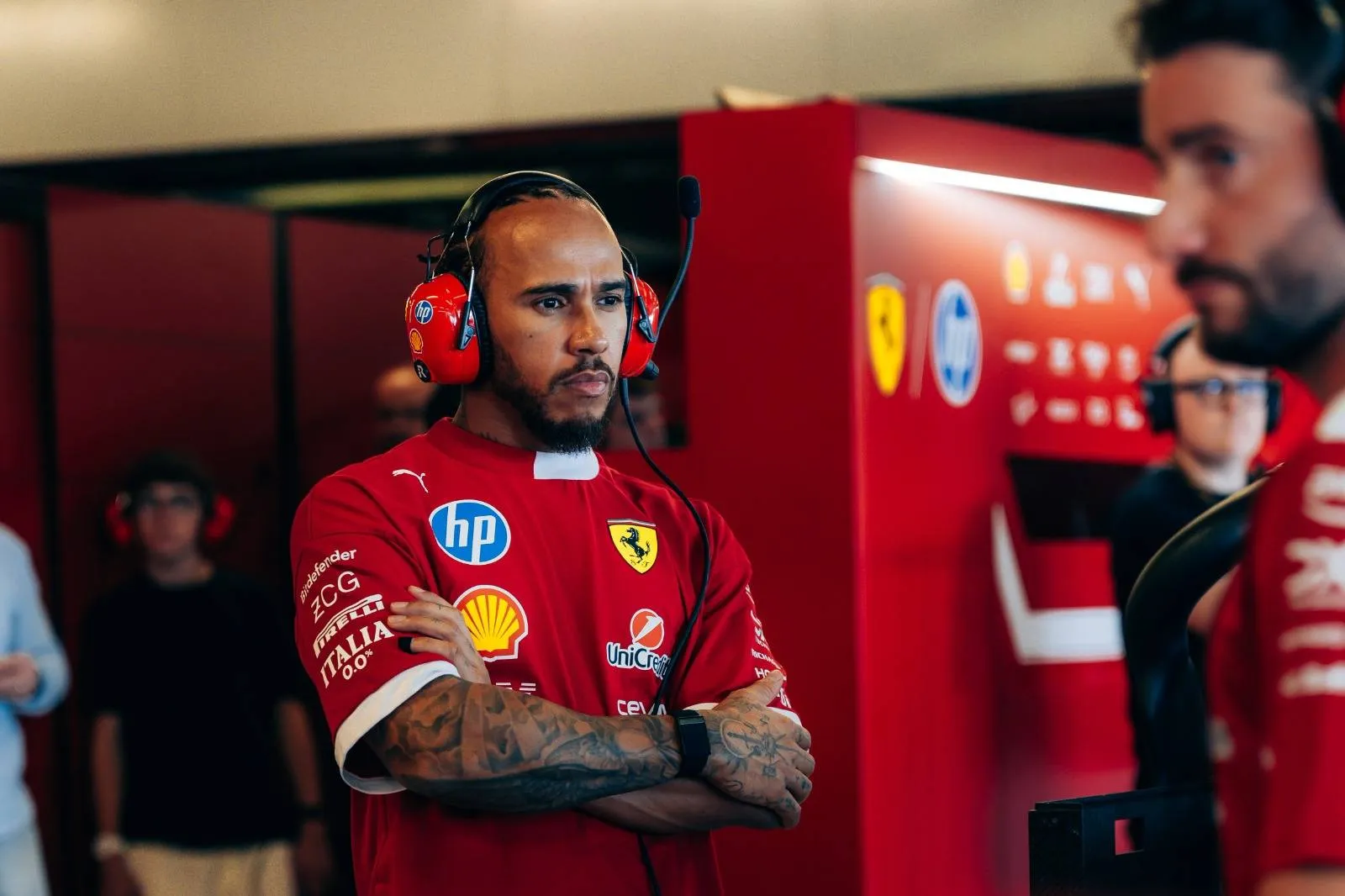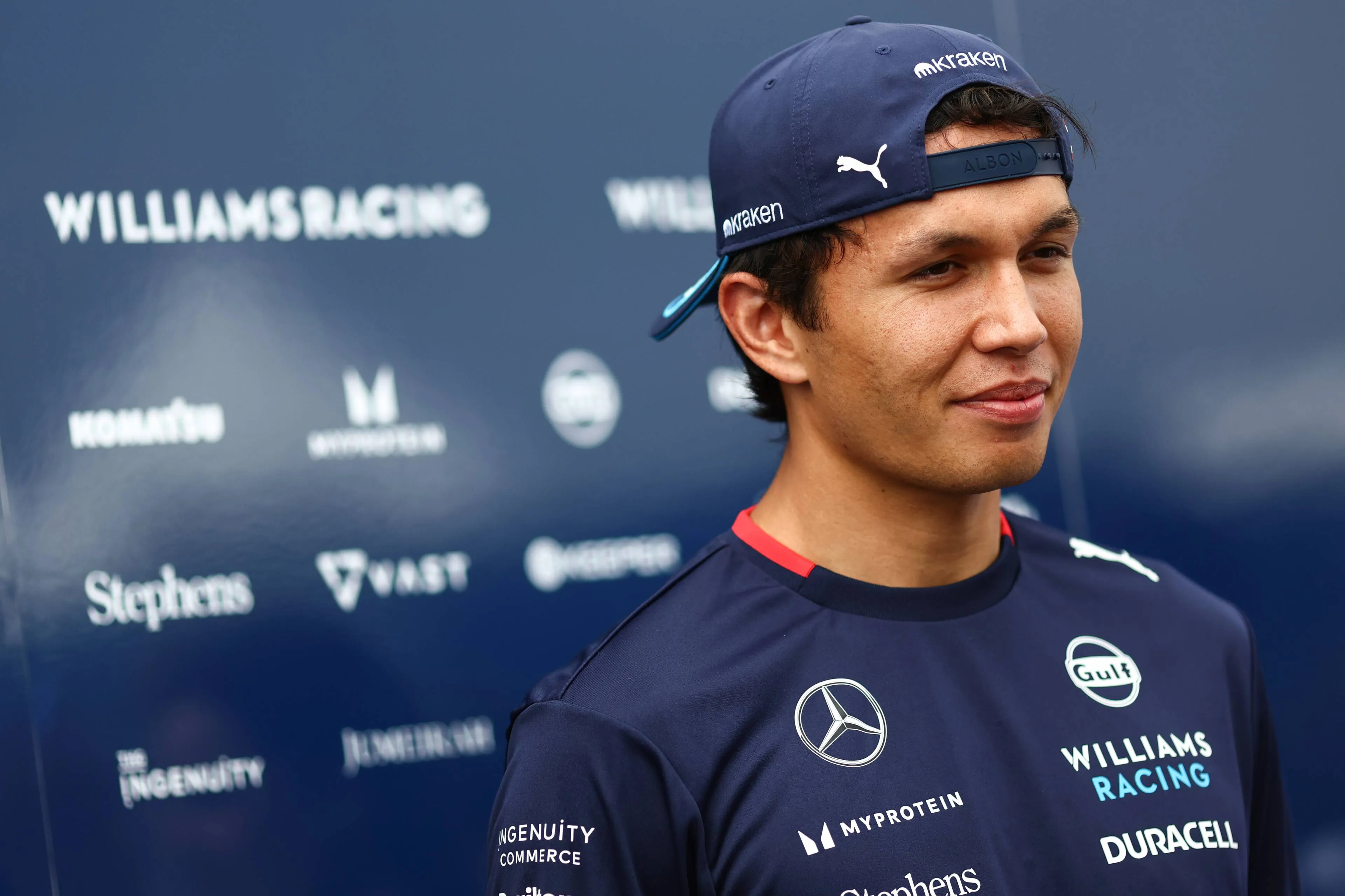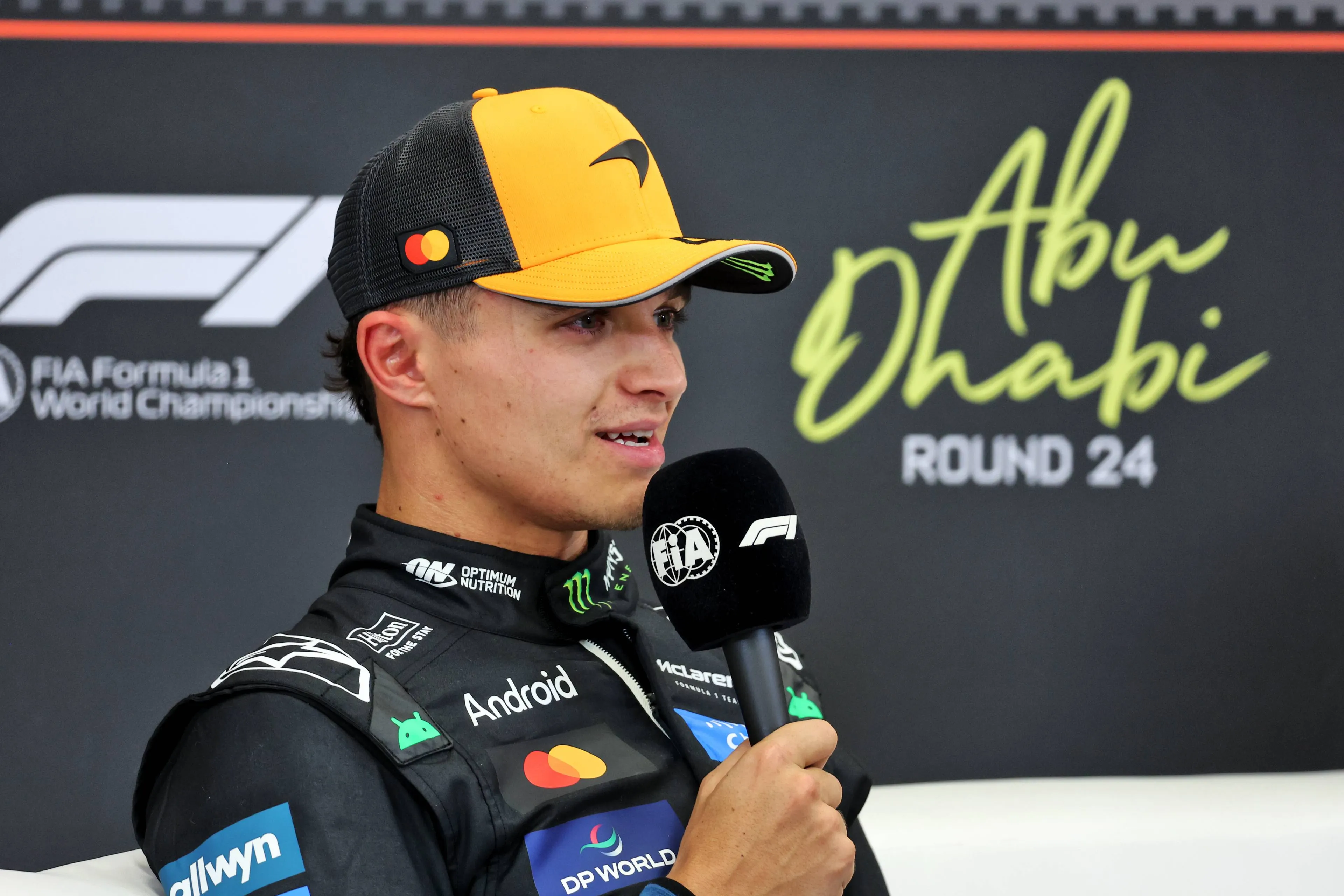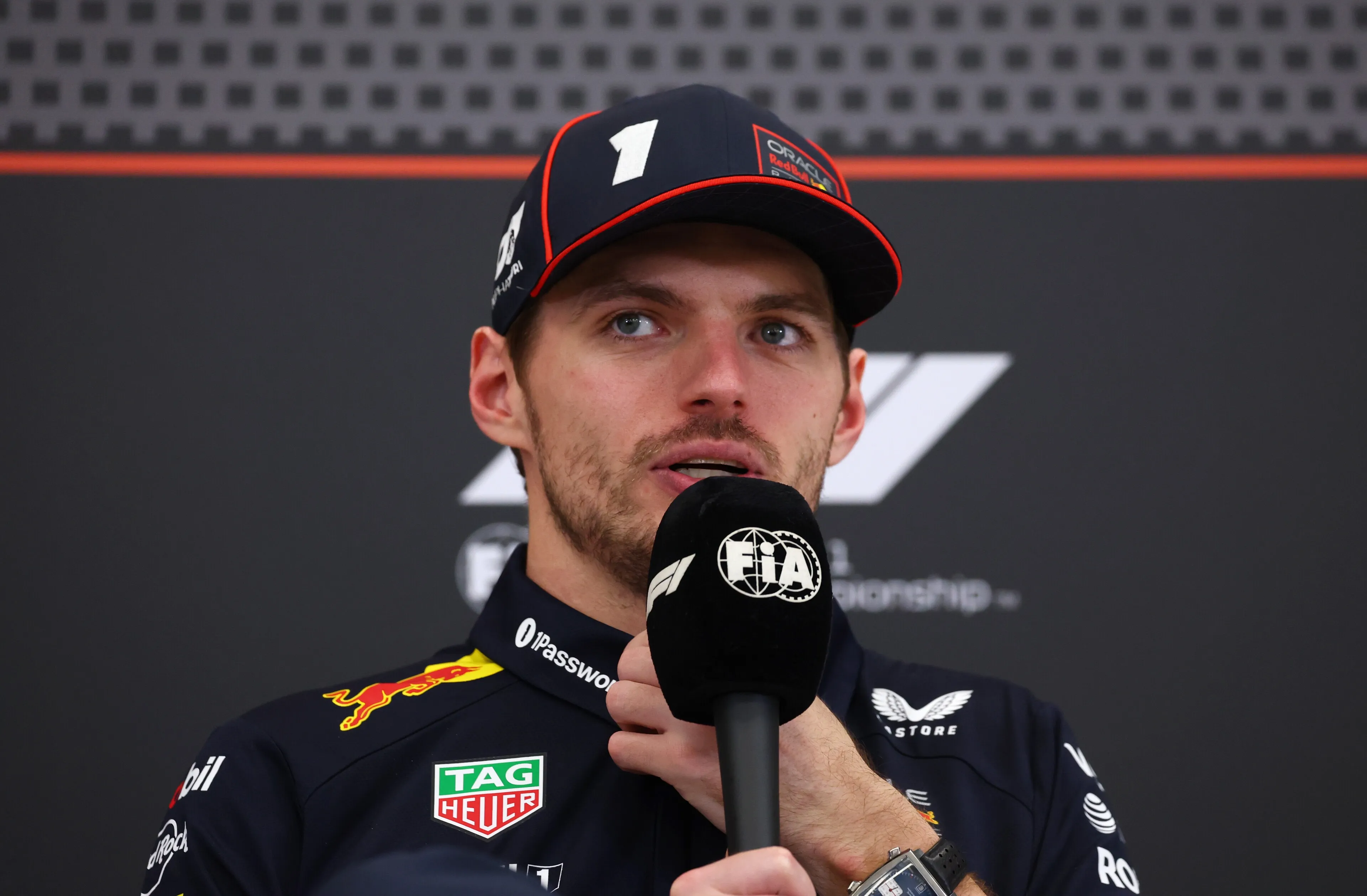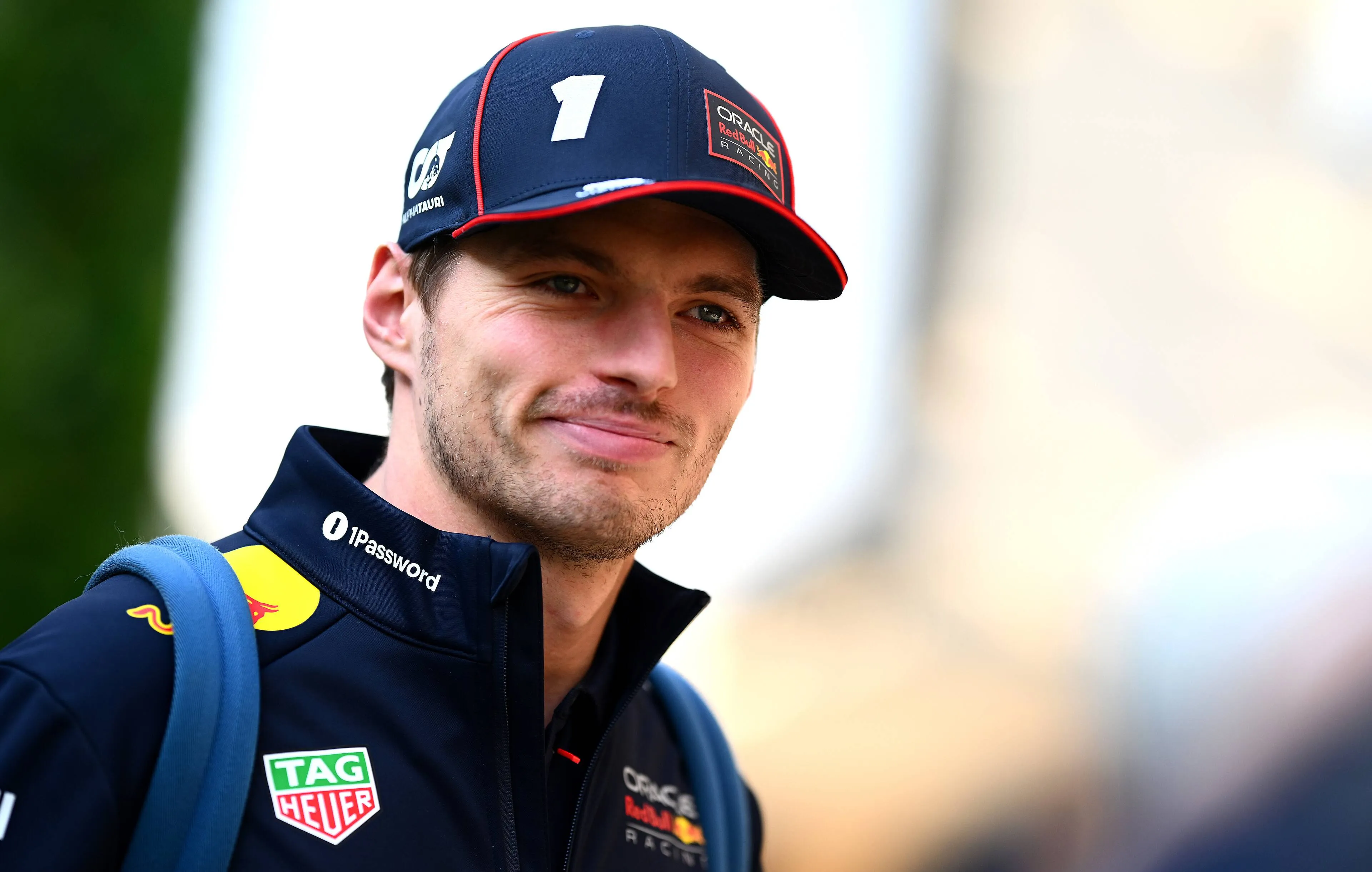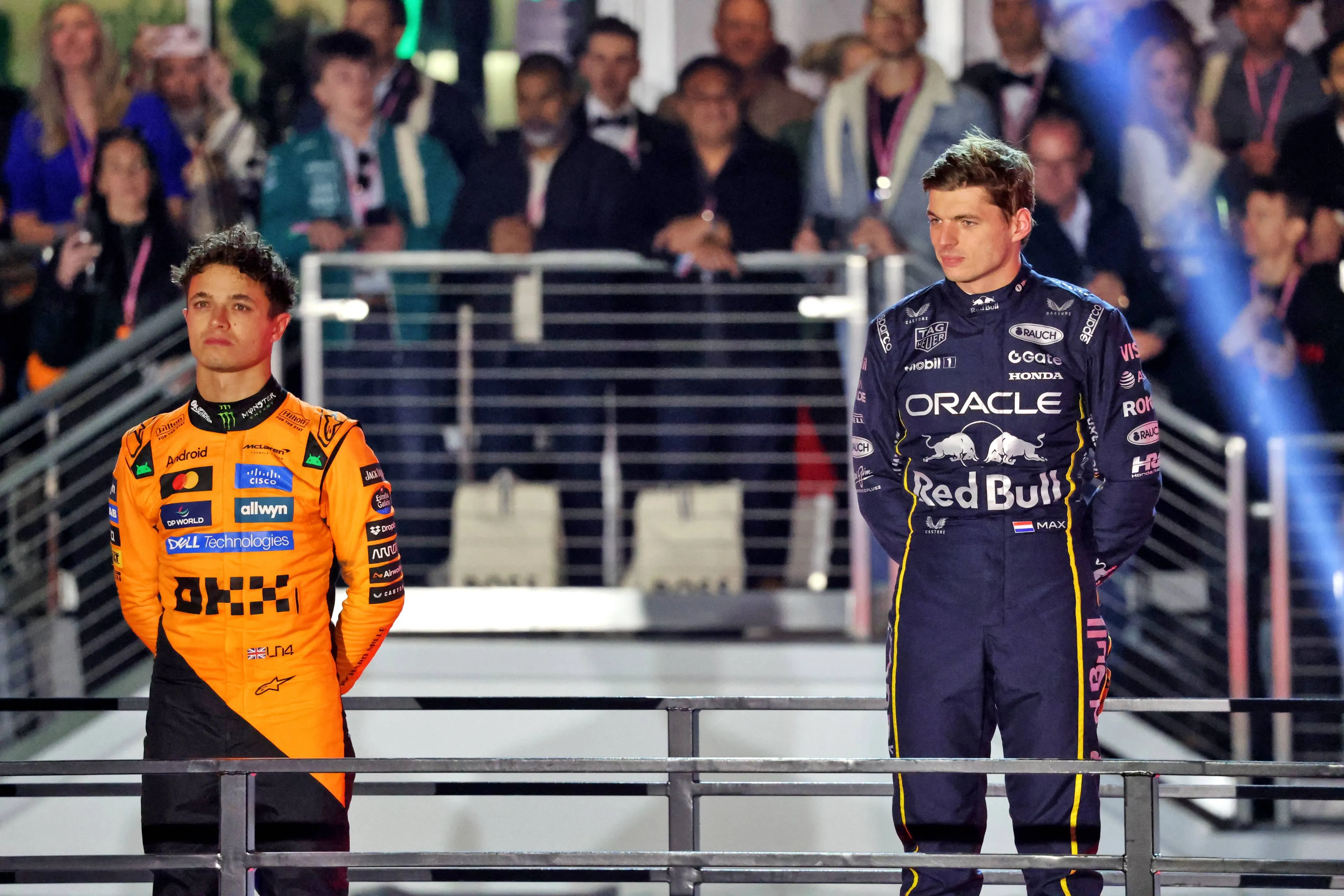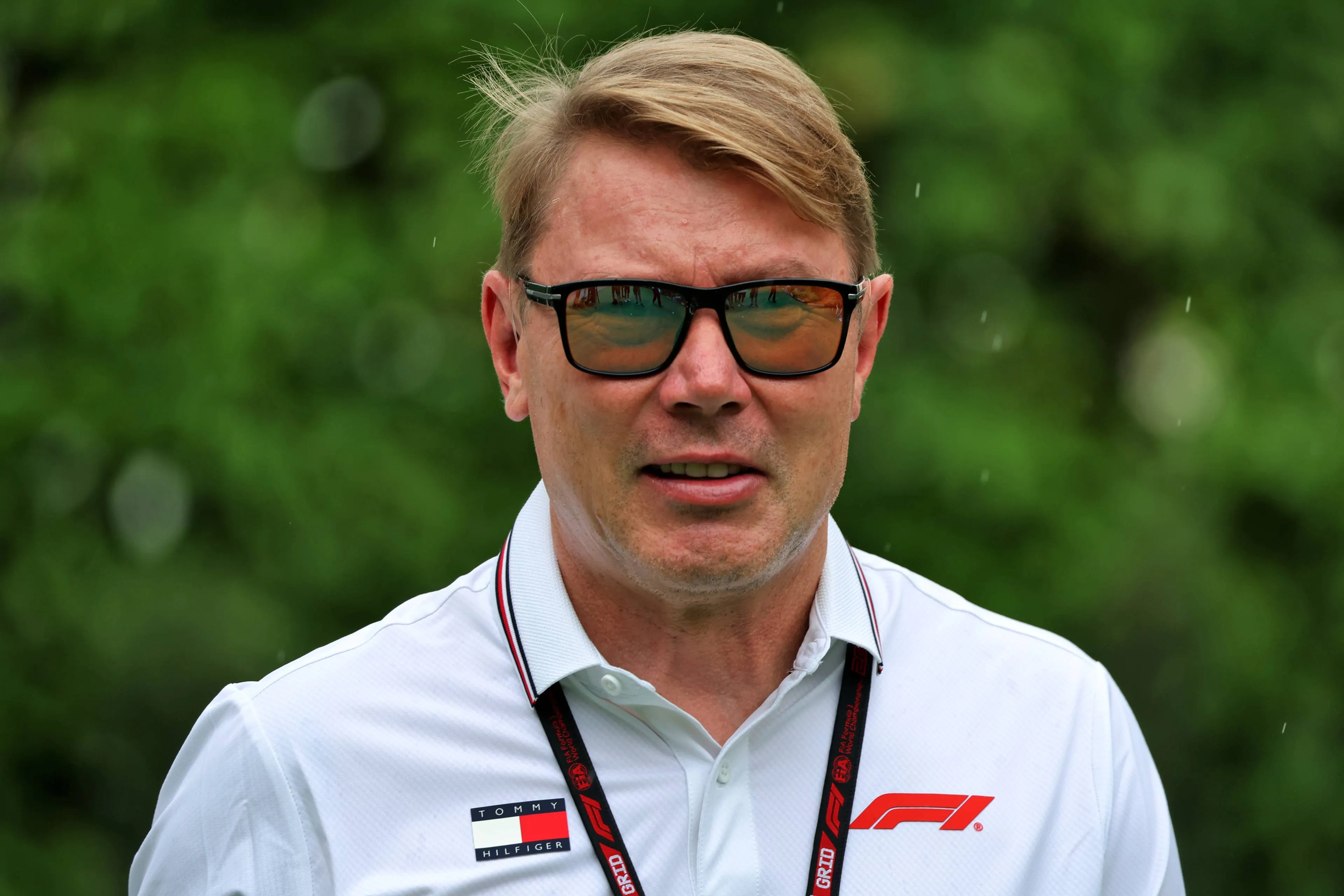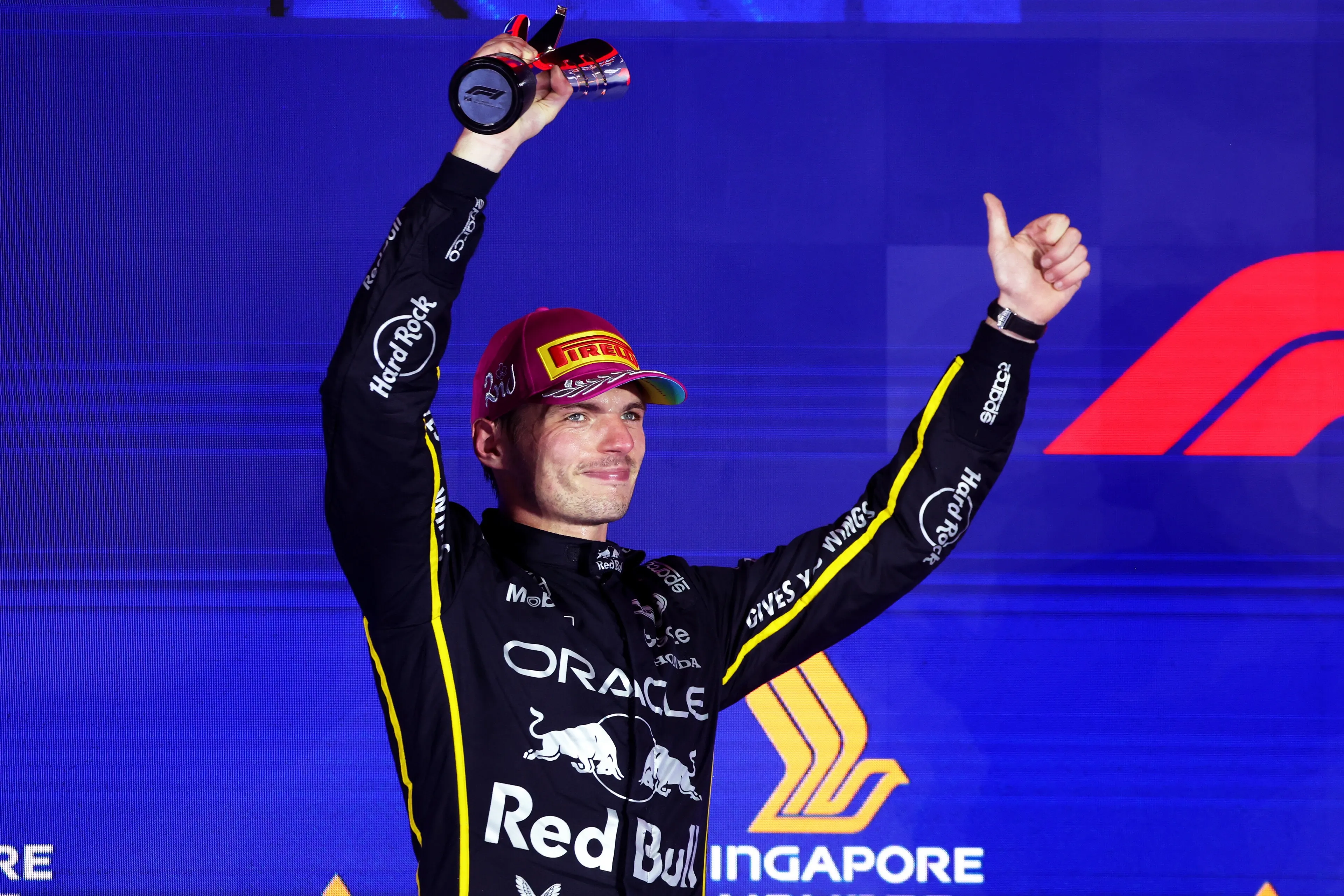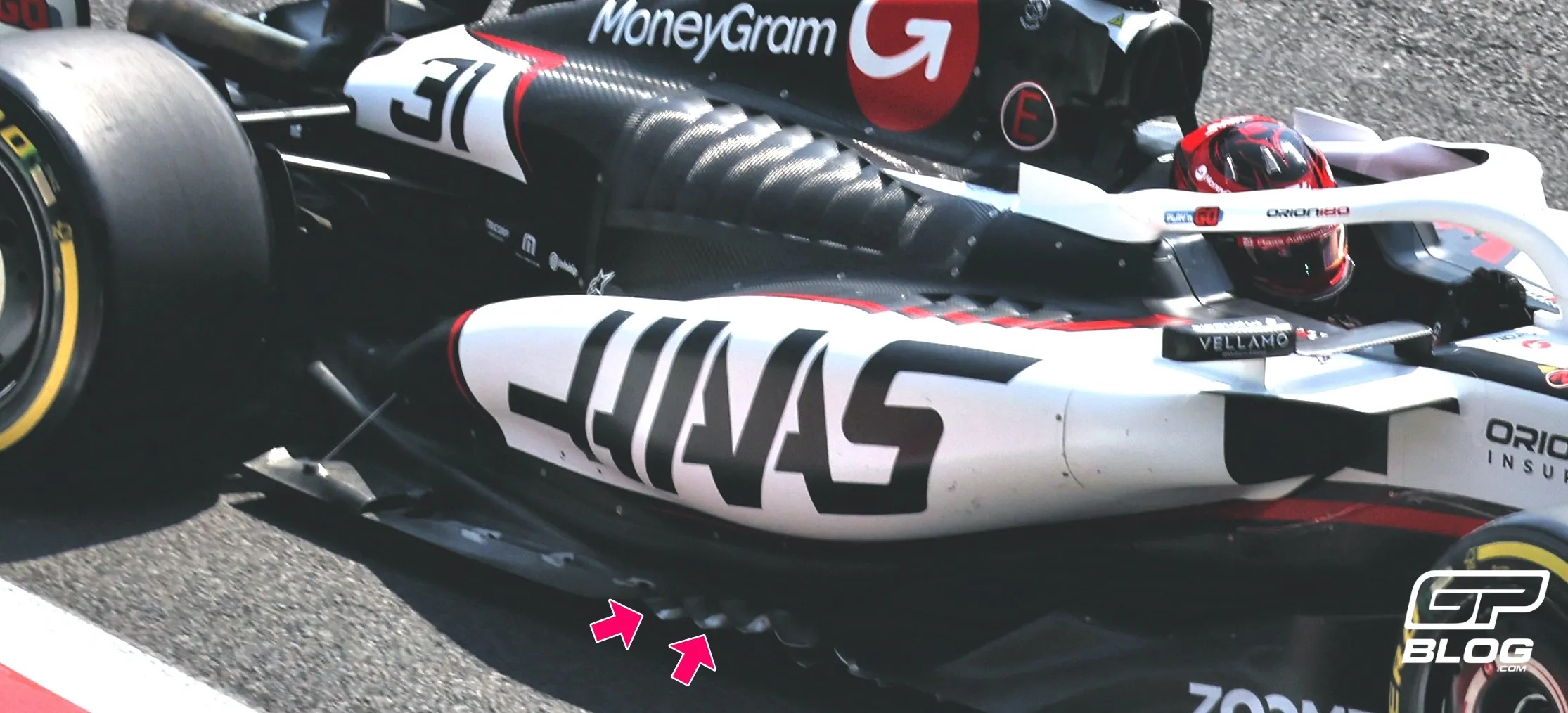
F1 Tech | How Haas almost got on the podium in Mexico
Haas could be very strong in the last four rounds of the weekend, thanks to the updated floor.
After scoring a phenomenal P6 in the Dutch Grand Prix, Haas struggled to get into the points in Monza and Baku, losing a lot of points to Racing Bulls as a consequence.
The low downforce layouts, in fact, don’t suit the VF-25 quite well, which usually performs better on higher downforce tracks. Not by accident, Bearman managed to get back into the points in Singapore, where he was able to get into Q3 and finish the race in P9, gaining two precious points for the team.
For the following weekend, which was their home race in Austin, the team decided to bring the last major upgrade of the season, to improve the car’s performance in all areas and fight against Sauber, Aston Martin and Racing Bulls for the 6th place in the Constructors’ Championship.
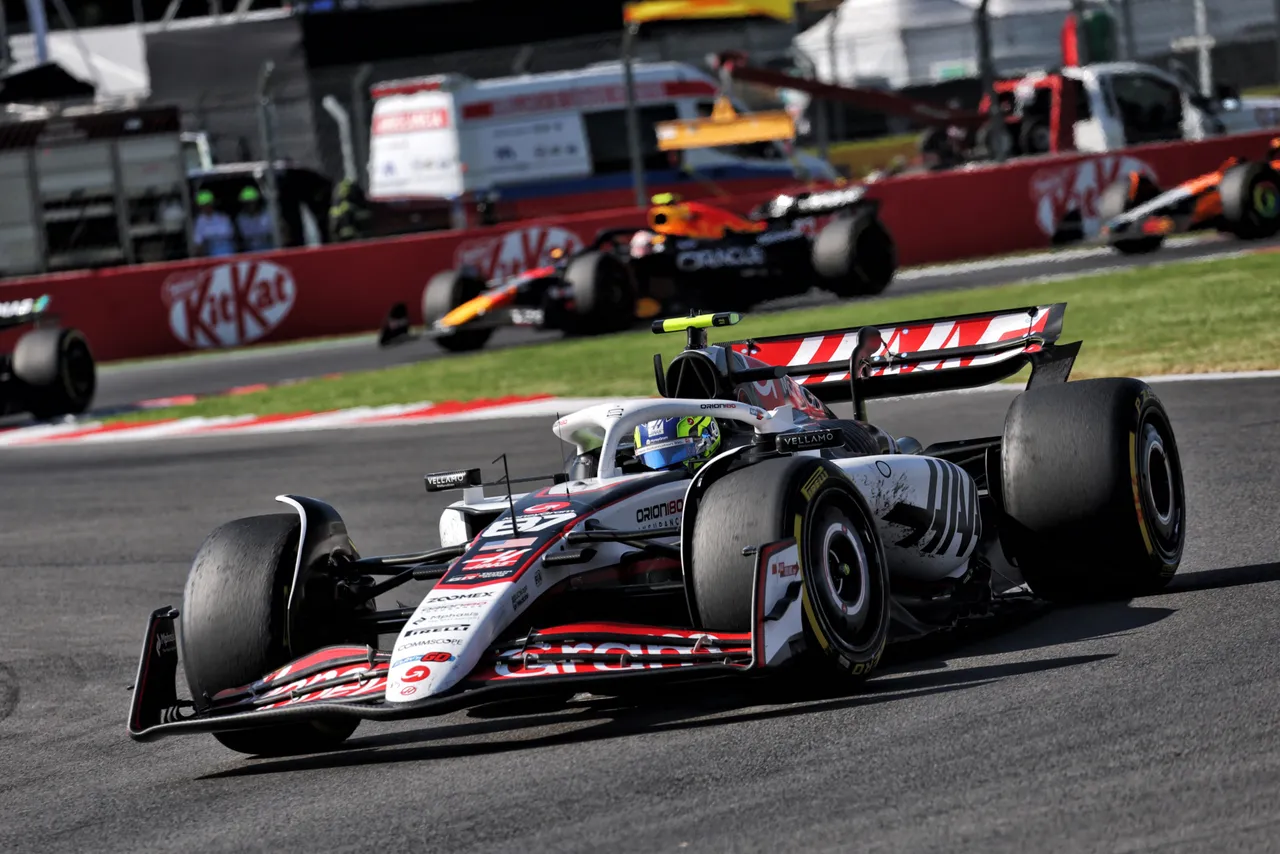
The changes gave the expected results, with Bearman able to finish again in P9 in Austin (after fighting against Tsunoda for much of the race) and in an extraordinary P4 in Mexico.
This performance allowed Haas to overtake Sauber and close up to Aston Martin, but will 4 races be enough to successfully overtake the remaining two?
How the new floor made the car more balanced
During the first half of the season, Haas’s VF-25 have demonstrated to work particularly well on high downforce layouts, like in Monaco and Shanghai, where also a very good strategy helped the team gain valuable points in the Constructors’ Championship.
However, the car still struggled in qualifying, meaning that the drivers were unable to show the good race pace and tyre management as they usually started races from far back on the grid.
To try and solve this big issue, the team introduced a whole new floor for the United States Grand Prix, together with some minor changes to the mirror support.
For what concerns the floor, the only visible changes concern the floor edge wing, where the vortex generators housed under the raised upper lip have been increased from three to four and also have a more pointed shape than the previous version.
Furthermore, the upper lip of the profile now has a less curved shape than the previous version in connecting to the "knife-shaped" edge. These were the only visible changes from the outside, as the biggest changes probably lay underneath the floor.

This new floor mainly aimed at making the VF-25 more balanced between the high speed corners and the slow speed corners, as described by Team Principal Ayao Komatsu during the press conference at the Mexico City Grand Prix: “I think it's a balance between low speed to high speed. We always had a bit of instability in high speed and lots of understeer in low speed, which is the same for everyone. It's just a matter of degree of differences. I think we closed that up a little bit and then just a bit more overall grip.”
Read also
During FP1 of the United States Grand Prix weekend, Ocon tested the new version, while Bearman ran the old spec to gather data and allow engineers to make comparisons with the simulations run back at the factory.
The results seemed immediately positive, as the new component seemed to have made the VF-25 much more balanced between slow speed and high speed, providing a more solid platform from the aerodynamic point of view. As a consequence, the team kept the update on both cars from the Sprint qualifying onwards.
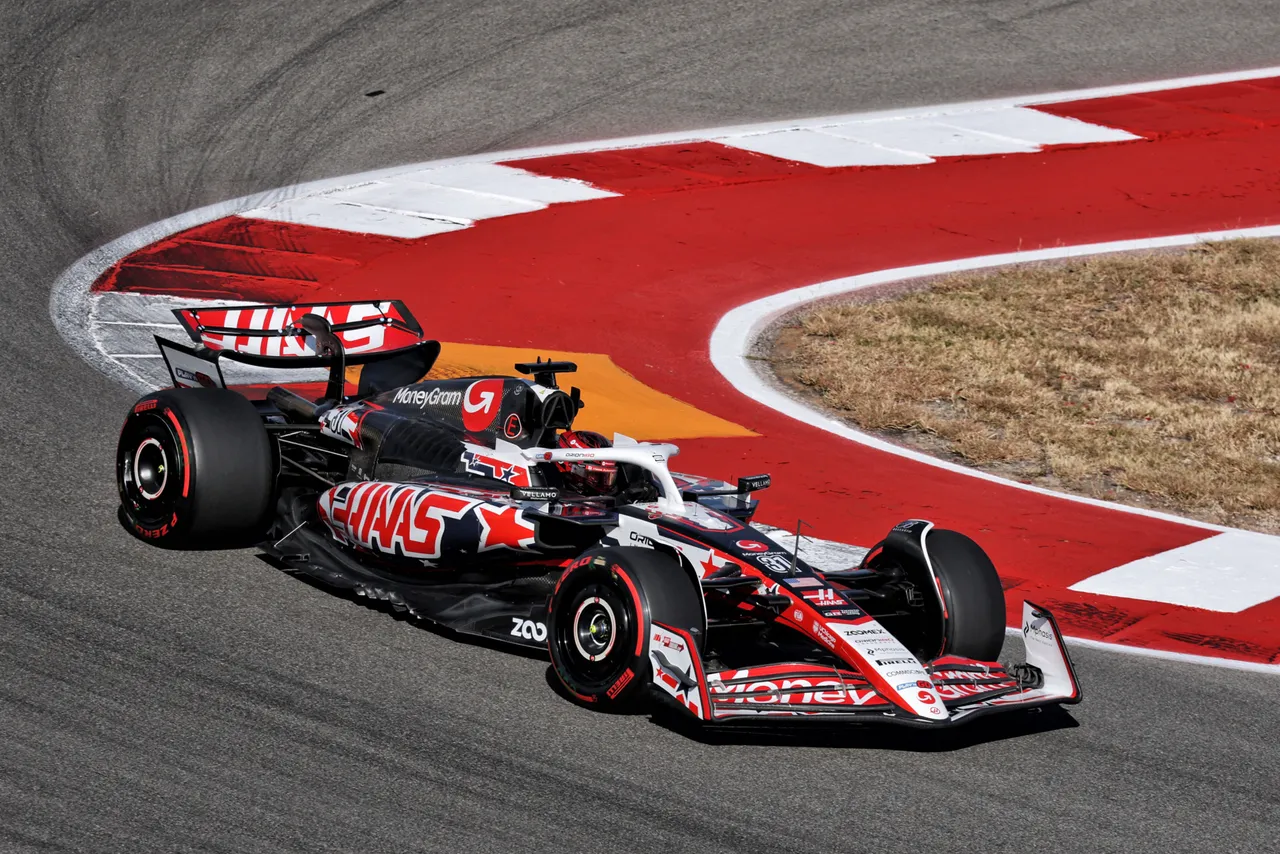
Although Bearman's P15 result in the Sprint seemed like a negative signal, the team used this session to keep gathering data on the new component and understand how to correctly set-up their car to make it work in the best way possible.
After some set-up changes, especially on the mechanical point of view, the performance in qualifying was more realistic: Bearman qualified in P8 for the main race, proving that the updates also improved the car’s behaviour in qualifying, where they struggled the most all year long.
The performance in the race was even more impressive, as the Briton managed to fight Tsunoda for P7 just after the pit-stop but, due to an aggressive move, he spun and lost a place also to Sauber’s Nico Hulkenberg. Despite this, he was still able to finish in 9th, proof that the update was definitely working.
When interviewed about the impact of the new floor on his performance, Bearman commented: “It seems to be positive. You know, we're learning a lot about it. It's a tough weekend to introduce an upgrade on the car, so it's obviously not the easiest to draw conclusions, but certainly in qualifying it gave me good confidence. Even in the race I felt like we had good pace. It needs a bit of fine tuning for sure and the characteristics are a bit different with the car.”
Read also
Arriving onto a more complex and peculiar layout like the Autodromo Hermanos Rodriguez, the team was hoping that the fine tuning work done back at the factory after Austin would have payed the dividends also in Mexico.
And that was exactly what happened: after both cars never seemed to be particularly brilliant during all three sessions, Bearman managed to get into Q3 in qualifying, setting the 10th time, while Ocon qualified in 12th.
“We're in Q3 for the third time in a row and the upgrade is definitely what performance is [in] the car which is what we aim for so that's important,” said the Britain after qualifying. “So we're having to live with a slightly more difficult car in quali to have good race pace.”
Read also
It was however in the race that the two drivers took advantage of their cars’ ability in terms of tyre management: after a phenomenal start, the British driver found himself up in P6, between the two Mercedes.
On lap 6 he bravely overtook both Russell and Verstappen after the Dutchman went wide while fighting against Hamilton. This event allowed him to look after the tyres in clean air, boasting a very strong race pace, which kept Verstappen at bay.
Despite eventually being overtaken by Verstappen, he still kept 4th place, resisting against Piastri during the final stages of the race. On the other side of the garage, Ocon also managed to get a fabulous P9, scoring the first points since Zandvoort.
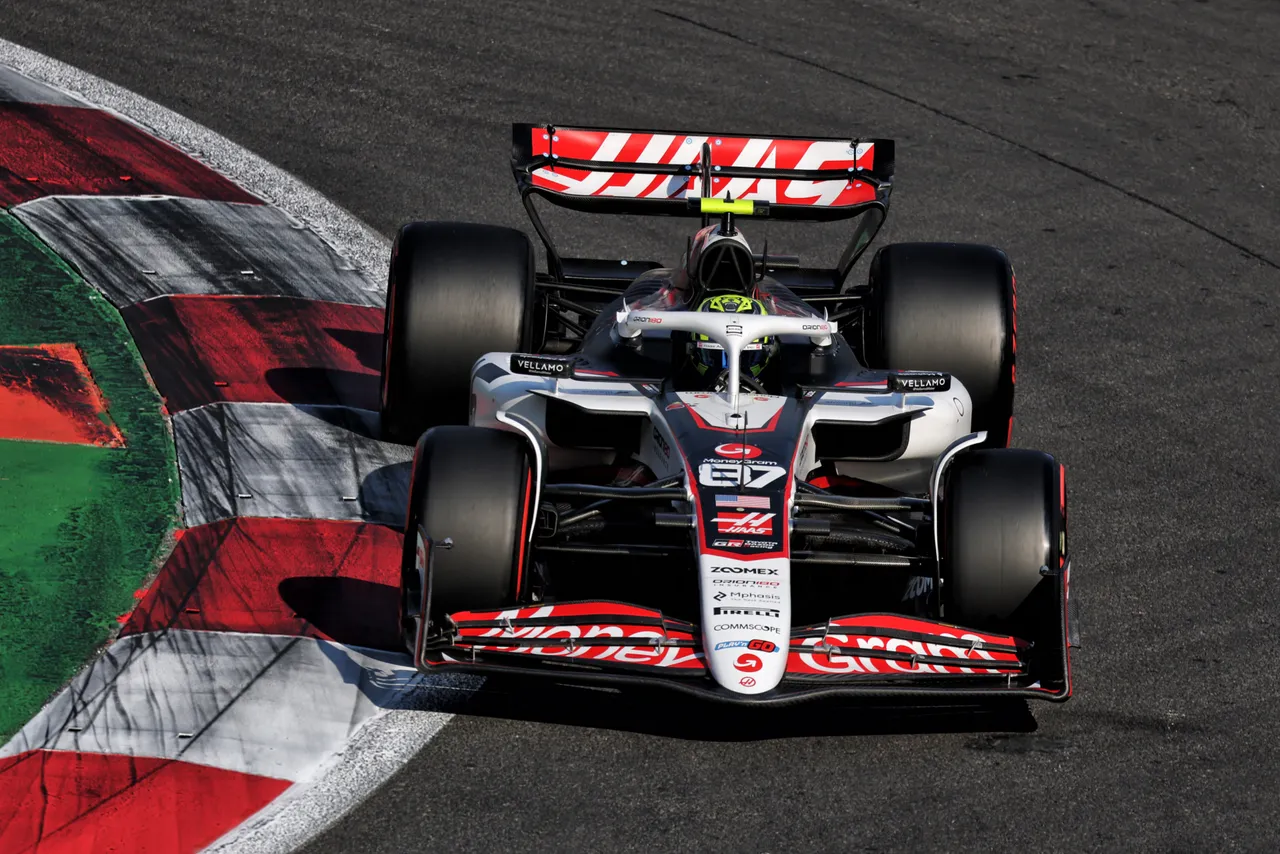
The extraordinary performance of the VF-25 proved that the car has drastically improved thanks to the last upgrade and could become a concrete threat for other midfield teams who have been struggling during the last few races.
In particular, the step forward in qualifying pace will probably allow both Bearman and Ocon to line up on the grid in much higher positions, to then be able to take advantage of the optimal tyre management to score more points.
As a consequence, it’ll also be particularly interesting to keep an eye on the improvement of a small team that has all the cards to score some big points during the last four rounds of the season.
GPblog's latest F1 Paddock Update: Mexico GP dissected
Want to stay up-to-date with what happens in the F1 paddock? Then GPblog's F1 Paddock Update video is the perfect way to do it. Subscribe to GPblog's YouTube channel and turn on notifications to never miss the latest episodes.
Read also
Popular on GPBlog

F1 teams’ disqualification fears prompt last-minute F1 2026 rule tweak

Red Bull boss lifts the lid on what pushed him away from Ferrari

Marko goes ruthless, pins Verstappen’s title loss on Horner: 'I’m convinced'


